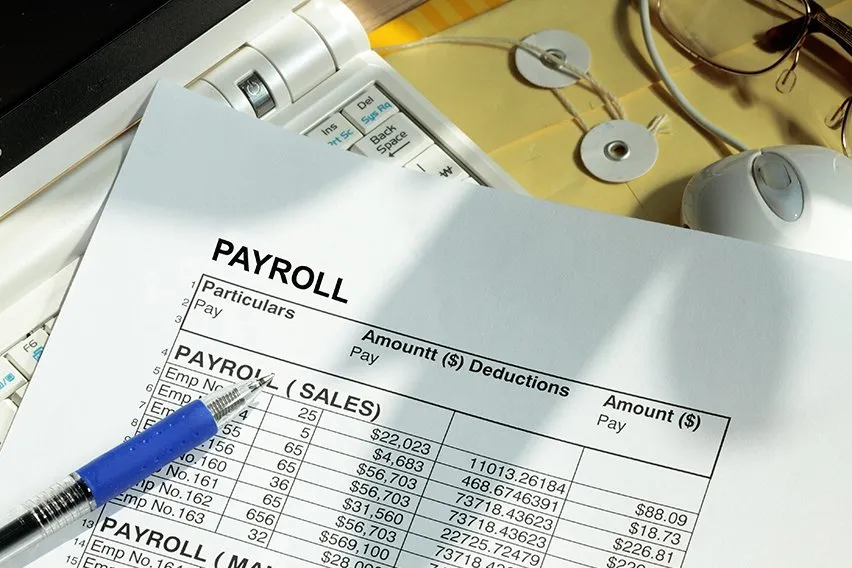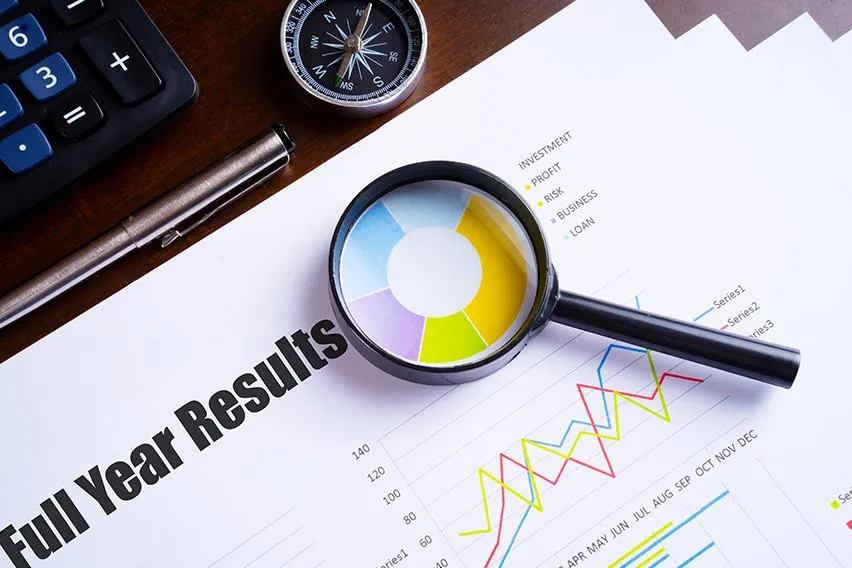What Are Payroll Liabilities? Definition, Types & How to Track

Payroll liabilities are costs that are incurred when an employer hires workers to perform work. Some of the most common types of payroll liabilities are taxes, benefits and wages paid in advance.
It is important for businesses to understand the concept of payroll liabilities. This will help them manage their finances and avoid any hiccups in running operations.
This article will discuss the definition of payroll liabilities, the different types of payroll liabilities and how a business can track their monthly payroll liabilities. Read on to learn all you should know as a business owner.
Here’s What We’ll Cover:
What Is the Difference between Payroll Liabilities and Payroll Expenses?
How to Track Payroll Liabilities
Why are Payroll Liabilities Important for Businesses?
What Are Payroll Liabilities?
Payroll liabilities are costs that a company incurs when workers perform work for them. Here are some common payroll liabilities:
Taxes
Some of the most common types of payroll liability are Federal income taxes. As an employer, you pay Federal Insurance Contribution Act (FICA) tax on your employees’ wages. This is made up of two components: Social Security Tax and Medicare Tax.
Taxes you pay as an employer depend on the type of business you run. For example, if you own a firm that hires employees to perform services, then you will have to pay federal unemployment tax. Also known as FUTA, this is a Federal income tax imposed on employers who hire domestic workers. State and local taxes vary from one place to another.

Benefits
If your company provides benefits to its employees, then you will have to provide Health Insurance or some other type of benefit. You can pay benefits either as a lump sum or on a monthly basis.
Benefits paid as a lump sum usually include contributions that an employer makes to things like retirement plans. Benefits paid on a monthly basis are often called welfare benefits.
Wages Paid in Advance
Before hiring employees, you need to decide if you want them to start working immediately or not. For example, if you hire a worker to paint your office building, then it is likely that they will start working right away. On the other hand, if you hire an assistant accountant, then chances are that they won’t be able to work for another few weeks.
If you decide to hire employees immediately, then you will have to pay them wages in advance. This increases payroll liabilities for your business.
What Is the Difference between Payroll Liabilities and Payroll Expenses?
Payroll liabilities and expenses are two terms that often get confused with each other. This is understandable since both of them deal with money and both need to be paid by the employer. However, there is a difference between the two.
Payroll liabilities are costs that employers pay for hiring workers. Payroll expenses are the costs incurred due to day-to-day running a business.
How to Track Payroll Liabilities
There are two ways that a business can track payroll tax liabilities:
Manual Tracking. This is the traditional method that most businesses use. The process involves a lot of paperwork and manual effort. Many businesses make mistakes when using this method. These mistakes affect accounting records and make it harder to track any payroll expense.
Automated Tracking. The dedicated software programs that manage payroll automatically keep track of all the relevant information in one place. It makes processing payroll easier and eliminates mistakes that were common when using manual tracking methods.
Common Payroll Software
The following is a list of the most common software that can help with payroll accounting:
- FreshBooks. This cloud-based platform helps companies track and manage expenses along with running their business on a day-to-day basis. FreshBooks offers a variety of payroll reports and payroll records.
- QuickBooks Payroll. This is an end-to-end accounting solution that is specially designed for small businesses and startups.
- Intuit Online Payroll. Intuit is a payroll provider that helps companies to accurately calculate taxes and track their employees’ wages and bonuses without any errors.

Why are Payroll Liabilities Important for Businesses?
For companies that hire employees, payroll liabilities are a very important part of their expenditure. Understanding how these work and keeping track of them will help you manage your business more efficiently.
If you have to fire an employee because they aren’t performing well, then it is essential to know how much you need to pay. This will help you avoid any legal pitfalls as well.
To ensure that your business remains profitable, it is essential to keep track of the amount of money that you spend on employees. If you can control payroll liabilities effectively, then it will be easier for you to maintain profitability and cut payroll costs when needed.
Key Takeaways
Payroll liabilities are an important component of the cost of running a business. They consist of taxes, benefits and employee wages paid in advance. Employers need to know how much they need to pay for these when hiring employees in order to maintain profitability over time. To do this correctly, it is essential that you understand all aspects of payroll liability management. If you’re unsure about this, it’s always recommended to hire a professional.
This article has provided some insights into how these costs can impact your company’s bottom line if not managed properly. Hopefully you now have a better understanding of payroll liabilities and expenses.
Did you enjoy reading this guide? Head over to our resource hub for more great content!
RELATED ARTICLES

 Fiscal Year-End Accounting: Checklist for Business Owner’s
Fiscal Year-End Accounting: Checklist for Business Owner’s How to Write Off Bad Debt? Overview & Example
How to Write Off Bad Debt? Overview & Example Accounting Transactions: Definition, Types & Examples
Accounting Transactions: Definition, Types & Examples Consignment Accounting: Definition & Format
Consignment Accounting: Definition & Format Direct Vs Indirect Cash Flow Method: What’s the Difference?
Direct Vs Indirect Cash Flow Method: What’s the Difference? What Is Direct Method Cash Flow?
What Is Direct Method Cash Flow?